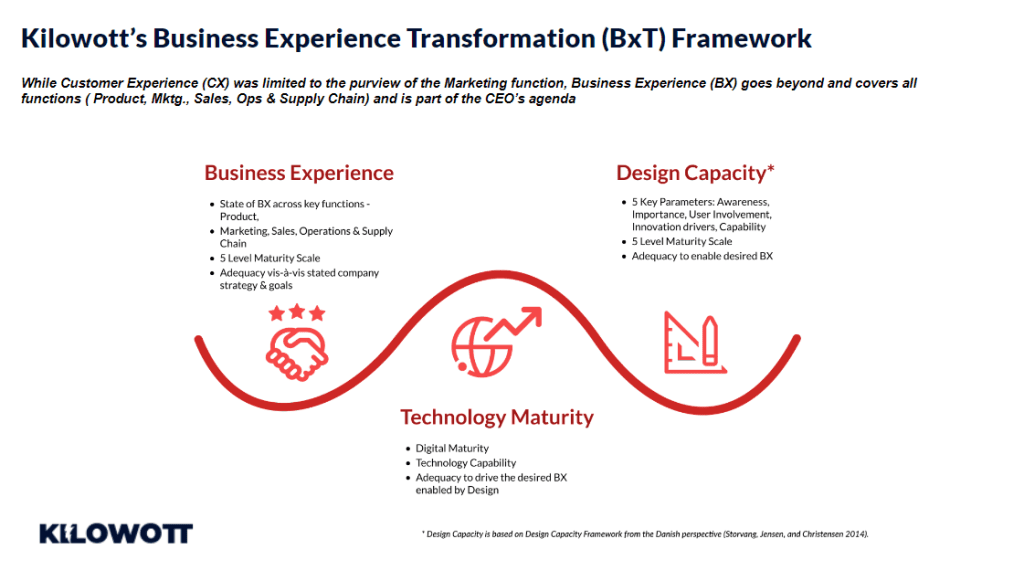The Open Source Software (OSS) has gained considerable legitimacy since its launch in the 1990’s. In the present day several experts agree upon the fact that the future of IT infrastructure is driving towards open source.
Major acquisitions and partnerships are highlighted by the role of open source technologies in the enterprise business.
From the innovation, future-proof architecture, lower TCO, business speed and lower vendor dependency point of view enterprises see a lot of value in it.
What is Enterprise Open Source?
Open source software that is supported by commercial services and support is known as enterprise open source. Software with publicly accessible source code is known as open source software (OSS). The programme comes with a license that enables users to change how it functions and behaves.
Enterprise open source involves additional complexity that is not relevant to a basic open source user. This covers storage capacity, migrations, and other technical factors.
Open source software offers a number of advantages, including cost savings, enhanced agility, and cutting-edge technical capabilities.
You must put a set of best practices into place if you want to profit from open source in the workplace. You may overcome and reduce the risks associated with using open source materials by developing an open source strategy.
Low adoption rate – a major factor
Banking, financial services and insurance are adopting open source to reduce IT investments while communication service provides, manufacturing, healthcare and life sciences and retail sectors have given open source strategic importance.
Enterprises face challenges through open source adoption primarily due to:
- Baffling technology choices: choosing a technology in an unbiased manner becomes difficult considering the number of options available.
- Lack of full- stack architects: Most organizations are struggling to take a broader view and leverage best practices across industry segments.
- Vendor ecosystem complexity: Due to a complex vendor ecosystem ensuring a cohesive platform at a good price becomes an extremely involved exercise.
Key points for successful implementation of open source across industries
- Choosing the architecture and not the product. Choosing the right architecture means choosing the right technology to meet your enterprise’s needs.
For instance choosing NoSQL databases without considering the workload involved may cause failure in the project. The product may not suit your requirement, hence it is important to take commercial decisions along with technology.
- It is important to evaluate the commercial aspect of the product when one or more technologies are at par. Deciding where enterprise support will be needed and where it may be not is important, certain environments may suffice with a low tier subscription or no subscription.
Depending on the product or features we are interested in we can decide on the subscription plan. It’s easier to migrate to the enterprise supported version without changing the existing application with an open source plan. Ensure a support ecosystem is available. - Right support for stable production is necessary. Complex contracts may require support and insights from experts in order to avoid risks and maximize value of OSS.
- Before embarking on a full-fledged implementation it is important to consider a pilot or a Proof of Concept to validate the architecture. A strong open source governance model must be created.
- To manage risk and compliance associated with proliferation a governance model is essential. Risks can be mitigated by having a well-rounded OSS Policy. Credibility can be built by contributing regularly to communities.
How can Kilowott’s BXT framework enable an open source company culture?
The Business Experience Transformation (BXT) model innovation challenges the status quo – reimagining current functions and processes to transform for the present and for the future.
Articulating the aspirations and expectations of the organization for its engagement with the digital world and of putting the customer at the heart of everything it does.
Customers’ needs and expectations are the overriding consideration in deciding what services to provide, how and through what channels.
Empowering the staff to think and act digitally, to be innovative and to seek ways to transform business processes and services for more engaging customer experiences.
Provides the criteria by which to prioritize digital initiatives so resources and energies are directed and planned appropriately.

The model is intended as a tool to define current and target states of maturity; however, it is not prescriptive as to suggest a best way to achieve the target state. It provides guidance on the development of BXT.
The level to which an organization needs to be mature in each area/dimension is dependent on your own business strategy (focus of the business), business model ( business configuration/design to realize the business strategy), and operating model (capabilities to be executed against the business strategy and model).
The model can be validated at different stages, by assessing what level “as is” against the desired, “to be” in terms of the given maturity levels across the whole organization or individually across the dimensions/pillars which make up the Organization.
It not only addresses implementing better technologies, but also addresses aligning culture, people, structure throughout the organization. based on strategy, business model, and operating model.
To decide between adopting an evolutionary or a revolutionary approach, you should start with a thorough evaluation of your operations to determine the best path forward. The evaluation process should include assessing the following considerations:
- – Workload – Audit applications and software to determine their business value, criticality and where there are opportunities to modernize. Assess workloads holistically in context of the go-forward business direction.
- – Architecture – Review infrastructure elements, performance and ROI to assess where newer technologies can deliver better outcomes.
- – Financial – Evaluate spend to find budget burdens and ways to optimize resources to support current operations and prepare for what’s next.
- – Uncertainty – Weigh the potential for business interruption, as well as any related implications on business processes and organizational culture, against the goals of your legacy system modernization project. Consider the risks of preserving the legacy system in its current state, such as upkeep for out-of-support systems or those with limited support resources.
- – Execution – Determine whether new skill sets, training, and processes must be taken into account when calculating modernization costs and deadlines.
- – Planning – This is for system security before, during, and after modernization to avoid data loss, outages, and exposure. Organizations should confirm adherence to legislative and industry compliance regulations in the new environment in the security plan.
Building credibility by contributing to open source communities helps not only organizations but also enables employees to hone their skills and build their brand through recognition in external communities.
Having an organizational strategy and framework for open source adoption but also focus on driving awareness across organizations including business consumers is important. Many businesses commit the error of adopting open source through a tactical, developer-driven approach, which leads to fragmentation, inefficiencies, and risk exposure.
In addition to having an organizational strategy and framework for adopting open source, it’s critical to concentrate on raising awareness among all organizational members, especially business consumers, in order to break the habit of always doing things correctly the first time.
Need help in enabling an Enterprise open source culture? Let’s talk!







